HISTORY OF SMARTKEY SYSTEM DEVELOPMENT
- 21 Jul, 2020
- 0 Comments
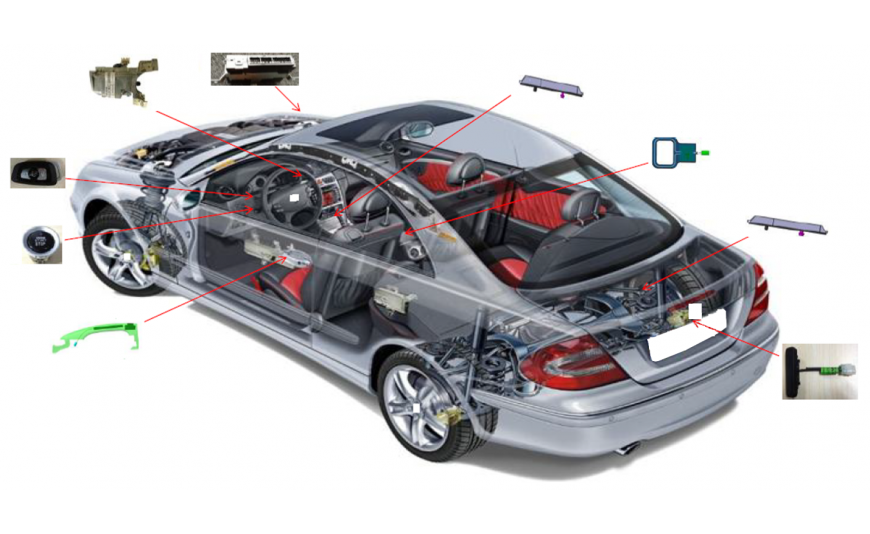
1. Development History:
Smartkey is the name given to the smart key system used in automobiles, motorcycles, and scooters. The technology was first researched and developed by Siemens in 1995 and was first introduced by Mercedes-Benz under the name "Key-less Go" in 1998 on the W220 S-Class model, after Daimler-Benz filed the design patent on May 17, 1997.
2. How Does It Work?
The smart key system allows the user to unlock and start the vehicle simply by keeping the key near the vehicle or within its operating range. The key is recognized through one of the antennas in the vehicle body and the transponder IC in the key. Depending on the system, the vehicle may unlock automatically when a button or sensor on the door handle or trunk is pressed. Vehicles equipped with a smart key system typically include a mechanical key as a backup in case the doors cannot be unlocked (in cars) or the steering lock cannot be released (in motorcycles or scooters).
With this system, there is no need to insert the key into the ignition to start the vehicle, as long as the key is near the vehicle or inside it. On most vehicles, the engine is started by pressing a start button or turning a knob.
When leaving a vehicle equipped with a smart key system, it can be locked by pressing a button on the door handle, touching a sensor on the door handle, or simply walking away from the vehicle (typically 0.5 meters or more, depending on the manufacturer).
Similarly, for motorcycles and scooters, the vehicle will lock when the key knob is turned to the OFF position and the rider walks away from the vehicle by approximately 1 meter or more, depending on the manufacturer, without needing to turn off the key manually.
3. Examples of Smart Key System Names by Automotive Manufacturers:
-
Acura: Keyless Access System
-
Audi: Advanced Key
-
Aston Martin: Keyless Entry and Push Button Start
-
BMW: Comfort Access or Display Key
-
Bugatti: Keyless Entry Remote
-
Cadillac: Adaptive Remote Start & Keyless Access
-
FIAT-Chrysler: Keyless Enter-N-Go
-
Ford: Intelligent Access with Push-button Start
-
General Motors: Passive Entry Passive Start (PEPS)
-
Honda: Smart Entry System or Smart Key System (with motorcycles)
-
Hyundai: Proximity Key and Smart Entry Key
-
Infiniti: Infiniti Intelligent Key with Push-button Ignition
-
Isuzu: Genius Entry
-
Jaguar: Smart Key System
-
Kia: Smart Key System
-
Lexus: Smart Access System
-
Lincoln: Intelligent Access System
-
Mazda: Advanced Keyless Entry & Start System
-
Mercedes-Benz: Keyless Go integrated into SmartKeys
-
Mini: Comfort Access
-
Mitsubishi: FAST Key System
-
Nissan: Nissan Intelligent Key
-
Porsche: Porsche Entry & Drive System
-
Proton: Passive Keyless Entry
-
Renault: Hands Free Keycard
-
Riverside Manufacturing LLC: Intelli-Fob
-
SsangYong: Smart Key System
-
Subaru: Keyless Smart Entry With Push-Button Start
-
Suzuki: SmartPass Keyless Entry & Starting System
-
Tesla: Model S Key
-
Toyota: Smart Key System
-
Yamaha: Smart Key System
-
Volkswagen: Keyless Entry & Keyless Start or KESSY
-
Volvo: Personal Car Communicator (PCC) and Keyless Drive
-
Mahindra & Mahindra: Smart Key Module
4. Smart Key System Development History:
Smart keys were developed by Siemens in the mid-1990s and introduced by Mercedes-Benz in 1997 to replace the infrared security system that was launched in 1989. Daimler-Benz filed the first patent for the Smart Key system on February 28, 1997, in Germany.
5. In Case of Battery Depletion or Failure:
If the smart key battery is depleted or malfunctioning, a backup method is required to unlock and start the vehicle. This is usually done with a mechanical key stored inside the smart key for cars. For motorcycles and scooters, particularly from Honda and Yamaha, an emergency ID code input method is used to unlock. For cars, users may need to insert the key into a special slot or hold it close to a designated area in the cockpit, near the ignition switch or Start/Stop button, where an induction coil is hidden to initiate the start sequence.
6. Some Special Scenarios:
The Keyless Entry/Go system can detect and alert the driver in the following scenarios:
-
The smart key has been left in the trunk.
-
There is more than one smart key inside the vehicle.
-
The smart key is lost during driving.
-
The smart key battery is low (Limp-Home mode).
Source: Collected from the internet and Wikipedia.

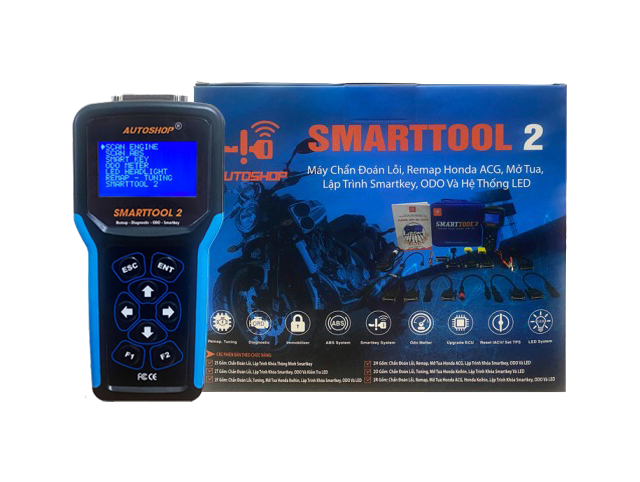
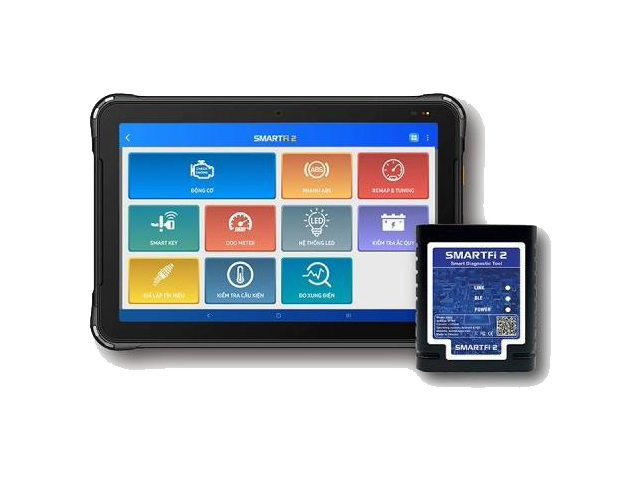

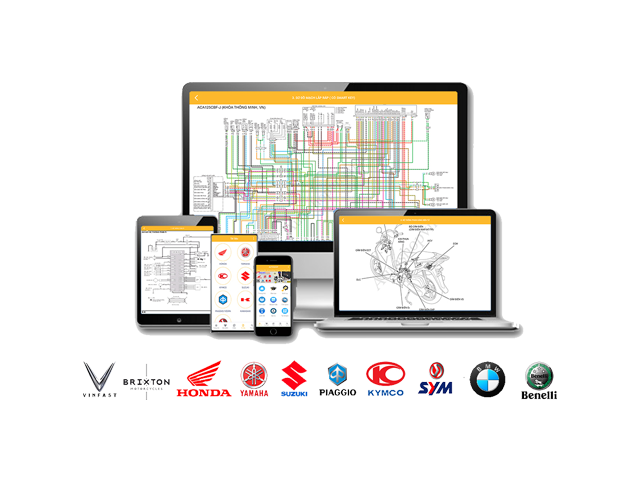
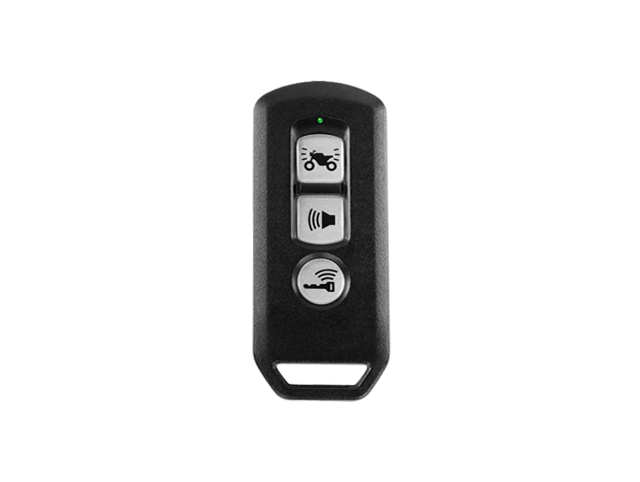














0 Comments